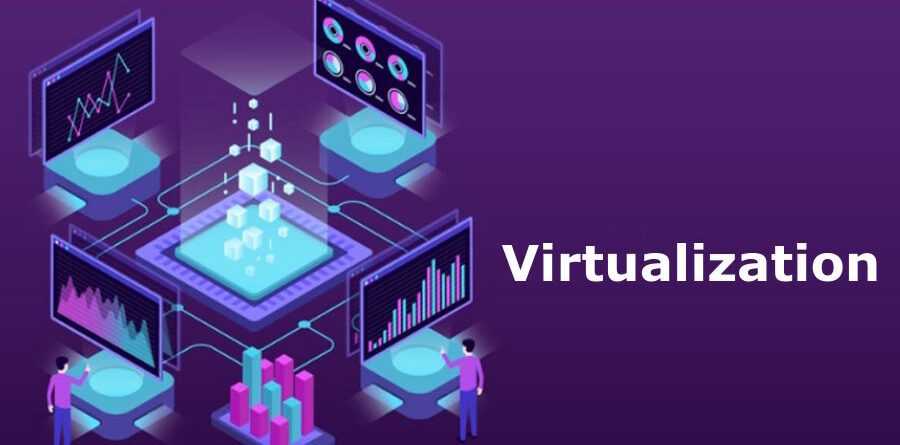Virtualization in IT: Maximizing the Benefits
Virtualization is a transformative technology that has revolutionized IT operations, enabling businesses to make more efficient use of their hardware and software resources. By creating a virtual version of a device or resource, such as a server, storage device, network, or even an operating system, you can allow multiple users or operating systems to share the original resource simultaneously, improving efficiency and flexibility. Here are some strategies to maximize the benefits of virtualization in your environment.
1. Understand Your Needs
Before implementing virtualization, it’s important to conduct a thorough assessment of your business’s specific needs. This includes identifying the applications and services that would benefit most from virtualization, understanding your capacity requirements, and determining your performance needs. By aligning your strategy with your business needs, you can ensure that you’re focusing your efforts where they will have the most impact.
2. Choose the Right Virtualization Technology
There are many different types of virtualization technology available, each with its own strengths and weaknesses. These include server, network, storage, and application virtualization. The right choice depends on your specific needs and circumstances. For example, server virtualization might be a good choice if you want to make better use of your server hardware, while network virtualization could be beneficial if you’re looking to improve network performance and security.
3. Invest in Training
Implementing virtualization can be a complex process, requiring a deep understanding of both the underlying technology and the specific virtualization solution you’re using. Investing in training for your staff can help ensure that they have the skills and knowledge they need to implement and manage your virtual environment effectively. This can lead to better performance, fewer errors, and a higher return on your virtualization investment.
4. Monitor Performance
Once your virtual environment is up and running, it’s important to monitor its performance regularly. This can help you identify any potential issues before they become serious problems, and can also provide valuable insights that can help you optimize your environment. There are many tools available that can help you monitor your virtual environment, from basic performance monitoring tools to more advanced solutions that offer in-depth analytics.
5. Plan for Redundancy
One of the key benefits of virtualization is that it can improve the reliability and availability of your IT services. By creating redundant virtual machines, you can ensure that if one machine fails, another can take over, minimizing downtime. However, it’s important to plan for this redundancy to ensure that you have sufficient resources to support it.
6. Regularly Update and Patch
Just like physical systems, virtual systems need to be regularly updated and patched to protect against security vulnerabilities. This is particularly important in a virtual environment, where a single vulnerability can potentially impact multiple virtual machines. Make sure to include your virtual environment in your patch management strategy, and consider using automated tools to help streamline the process.
7. Implement a Disaster Recovery Plan
While virtualization can make disaster recovery easier, it’s still important to have a comprehensive disaster recovery plan in place. This should include details on how you will recover your virtual machines in the event of a disaster, as well as any data or settings they rely on. Regular testing is also crucial to ensure that your disaster recovery plan works as expected.
Virtualization offers a host of benefits for IT operations, including improved efficiency, increased flexibility, and enhanced reliability. However, to fully realize these benefits, it’s important to implement virtualization in a thoughtful and strategic way. By following these best practices, you can maximize the benefits and ensure that your operations are efficient, reliable, and ready to meet the needs of your business.










Leave a Reply